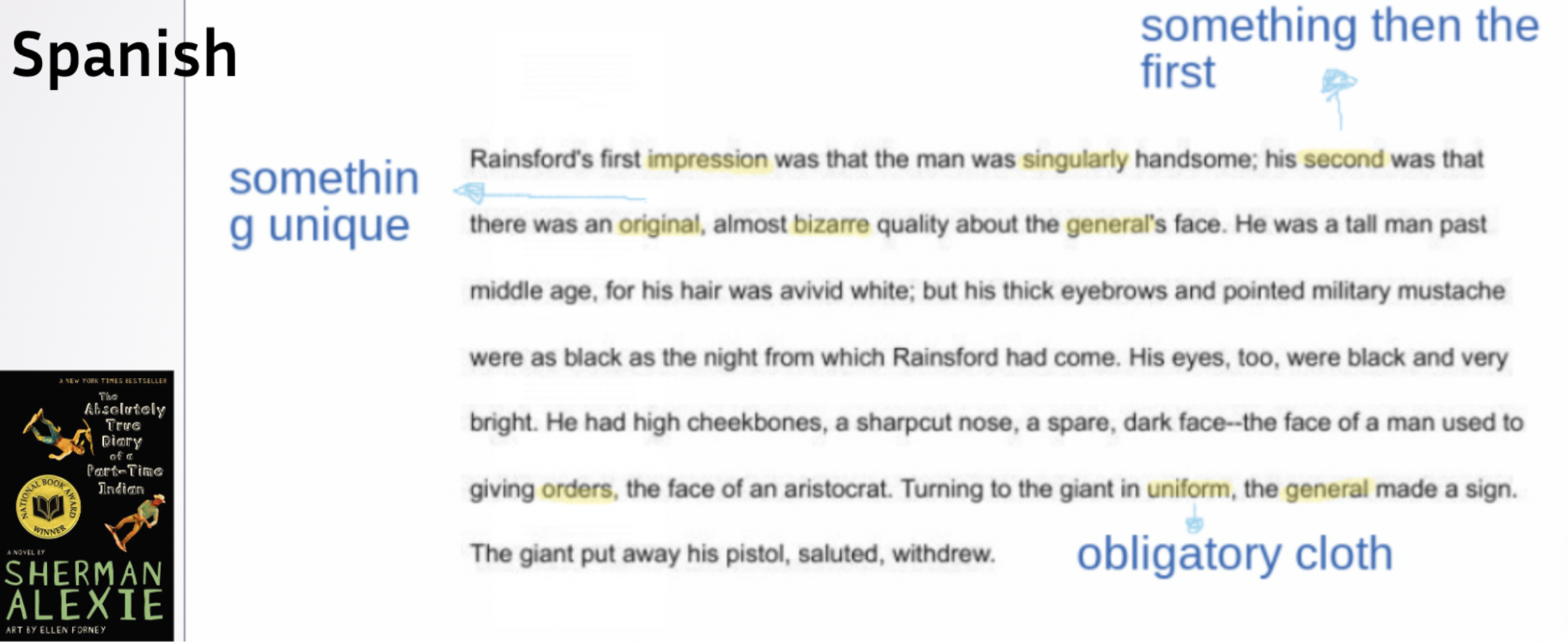Translanguaging: Using What We Know to Create Multilingual Spaces
by Marjorie Kirstein
Education statistics show that the number of public school students learning English has increased steadily over the past decade. However, we don’t need to look at statistics to understand this. The percentage of English learners (ELs) has gone up in almost every state and is taking place even in traditionally monolingual communities. This increase is occurring in many districts alongside a shortage of teachers qualified to teach ELs and the lack of adequate EL programming. Often newcomer ELs are placed in monolingual classrooms with little or no support. These scenarios have school personnel in reactive mode.
Teachers seeking instant solutions for students who are not fluent in English are turning to digital translation tools or texts in the students’ first language (L1) in place of research-based practices that support language acquisition and academic achievement. There is a better way! Using a translanguaging approach, teachers can more effectively support ELs, using their existing pedagogical skills of pre-teaching and scaffolding.
Translanguaging NOT Translation
While use of the L1 in language acquisition has proven benefits, a strict translation approach is not a best practice. Overuse of the L1 can delay second language acquisition, and dependence on L1 texts may exclude learners who lack literacy in their L1. Recently there has been a pedagogical shift to the practice of translanguaging. The concept of translanguaging in public schools dates back to the beginnings of bilingual education, and the definition has evolved since then. What is translanguaging, and how can we apply it to supporting English learners, particularly those new to schools in the U.S.?
Not Just “One More Thing To Do”
Translanguaging differs from approaches like sheltered instruction or bilingual education by regarding students learning a new language as “plurilingual” (Garcia and Wei, 2014). In translanguaging, language use is fluid, with no rigid separation between (or among) the students’ languages, e.g. “This class is English-only.”. Then students can learn to use their entire linguistic repertoire strategically to gain access to curriculum and develop skills in English.
To Further Your Learning
Going Beyond Translation: Boosting Metalinguistic Awareness for Multilingual Students
Here are some images from the webinar from a HS English/Language Arts Teacher. Her students use a translanguaging routine whenever they encounter new text.
Here is a tutorial on how to use this process using the tech tool, Nearpod.



